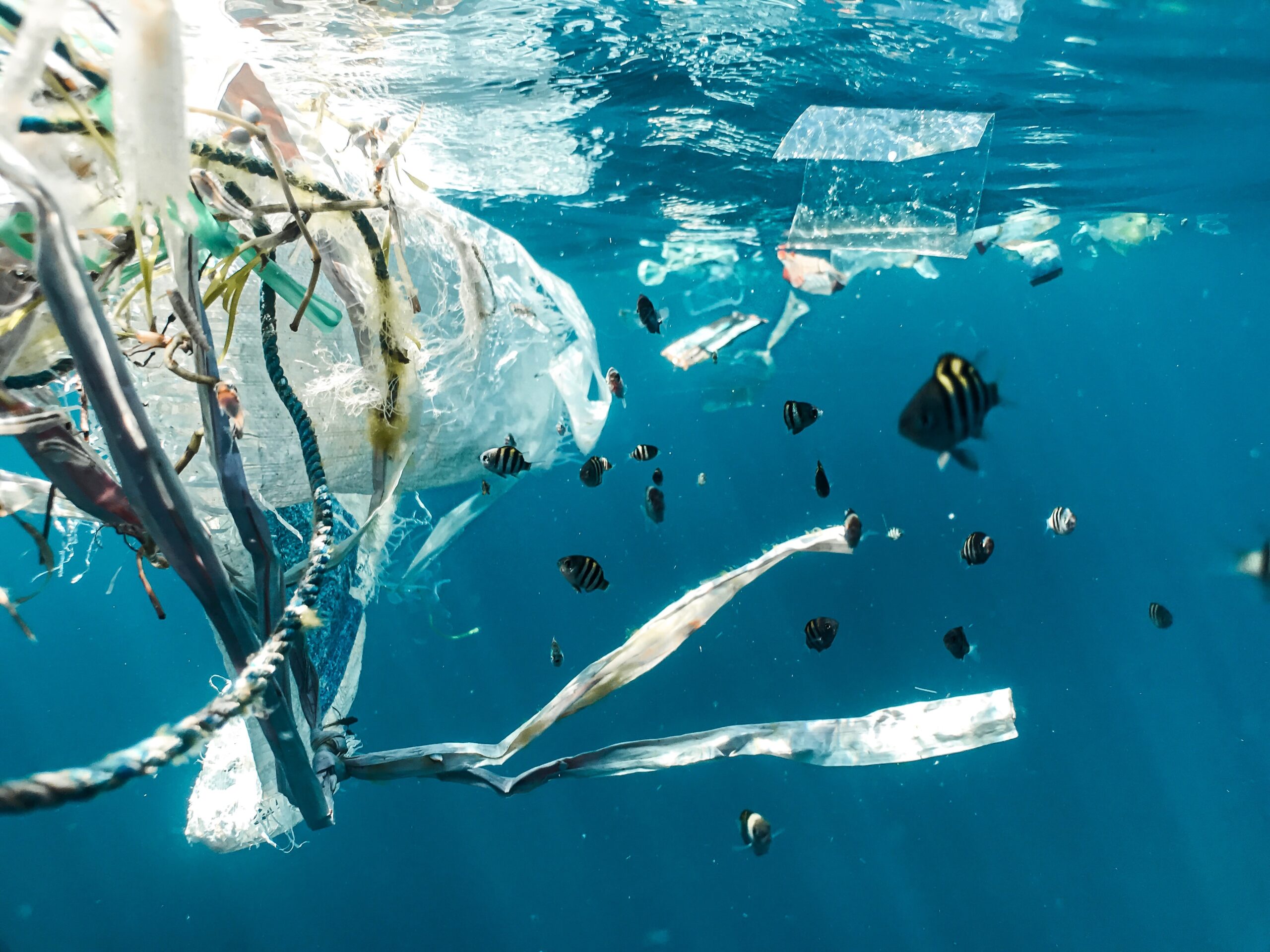Industry 4.0
According to various sources the global market and modern society face the fourth industrial revolution [1]. In simple words the term “industrial revolution” refers to the transformation of the currently functioning technological, economic, societal and cultural trends through the introduction of breakthrough innovations on a global scale. In general, it is assumed that each industrial revolution is closely related to the specific technological achievement. Thus, the invention and use of steam engines at the turn of the 18th and 19th century as well as mass consumption of coal as an energy source initiated the first industrial revolution. An introduction of the internal combustion engine on the global market and discovery of electricity is associated with the second one. Third industrial revolution began when humankind explored the potential of nuclear power, implemented electronics and information technology (IT) to automate production, and initiated mass production of plastic products. The term of the fourth (present) industrial revolution is not fully defined, however it is mainly described as an era of advanced technologies (“high-tech”) including artificial intelligence (AI), robotics, dynamic information exchange via social media and ultrafast internet connection. Each of us knows the positive aspects of those innovations, however new solutions do not provide only benefits.
This is evident especially with respect to the quality of the natural environment, which is considered as a kind of “recorder” of our chase after technological advance. One of our “recordings” are microcontaminants, which accumulate in the nearby environment and can stay there for decades, posing a threat to living organisms. Geochemical analyses and radiocarbon dating of the peat bog, covering the area of the nature reserve, situated in the vicinity of highly-industrialized areas revealed that anthropogenic PM (particulate matter) and heavy metals accumulate in the environment since the beginning of the first industrial revolution [2]. This indicates that microcontaminants are our close companions, starting from the first global technological advance. At the beginning, we did not pay attention to such problems, since more important was the technological development than the quality of the local environment. Moreover, we did not have sufficient knowledge and tools to examine this issue extensively, especially at the micro scale (e.g. particles below 1 mm).
At present our society is experiencing the fourth industrial revolution and we have access to more advanced technology, e.g. infrastructure which is capable of monitoring microcontaminants continuously and generating detailed data bases about their properties (type, size, concentration). Most of such information refers to pollution generated through combustion of fossil fuels. As it was mentioned before, some of these fuels (e.g. coal) are in use for more than 300 years, so enough time has already passed to look for alternative solutions and implement effective strategies.
Microcontaminants and microplastics
It is important to notice that this is not the only obstacle we need to overcome. At the moment a lot of attention, especially in academic research, is paid to microplastics (1 to 5,000 μm particles). This type of microcontaminants are generated during degradation of synthetic polymers released into the environment [3]. Different types of plastic materials are widely used in various branches of industry including car manufacturing, pharmacy, packaging and cosmetic industry. Long-term predictions show that if current production and waste management trends continue, around 12,000 Mt (million metric tons) of plastic waste will end up in landfills or in the natural environment by 2050 [4]. In the last 20 years several research groups have found microplastics in different environmental compartments including atmosphere, hydrosphere, lithosphere, and biosphere. Furthermore, topics such as the large garbage patch floating in the Ocean, illegal disposal of wastes in the forests, green areas full of plastic bottles are well known topics to us from news or our own experience. Therefore, it is not surprising that some works suggest that plastic waste could be even used as a geological indicator of the Anthropocene era.
Will the fourth industrial revolution eliminate microcontaminants from the environment? For sure not entirely, however it will bring new solutions to decrease their quantity and limit negative influence on the natural environment. Low-emission technologies, application of biodegradable materials, sustainable waste management strategies and educational programs for youth and children are the tools already used in some countries. How will this improve the quality of the natural environment in the coming years? Hopefully, to such a degree that it will be possible to at least partially reach the state before the first industrial revolution.
Editorial Board’s Note: The Fourth Industrial Revolution, generally characterized as an era of advanced technologies, presents both a challenge and an opportunity for the Polish market. Faced with the dynamic development of automation, robotics, and rapid information exchange through social media, Poland has the chance to leverage innovations across various sectors of the economy. One of the key aspects is the implementation of modern technological solutions in production, services, and communication.
Bibliography:
- Xu, M., David, J. M., & Kim, S. H. (2018). The fourth industrial revolution: Opportunities and challenges. International Journal of Financial Research, 9(2), 90-95.
- Bućko, M. S., Magiera, T., Górka-Kostrubiec, B., & Wawer, M. (2023). Ecological quality of the “Torfowisko pod Węglińcem” nature reserve (SW Poland) based on magnetic and geochemical studies. Journal of Applied Geophysics, 208, 104874.
- Hale, R. C., Seeley, M. E., La Guardia, M. J., Mai, L., & Zeng, E. Y. (2020). A global perspective on microplastics. Journal of Geophysical Research: Oceans, 125(1), e2018JC014719.
- Geyer, R., Jambeck, J. R., & Law, K. L. (2017). Production, use, and fate of all plastics ever made. Science advances, 3(7), e1700782.
- Background photo by Naja Bertolt Jensen on Unsplash
Michał Bućko



